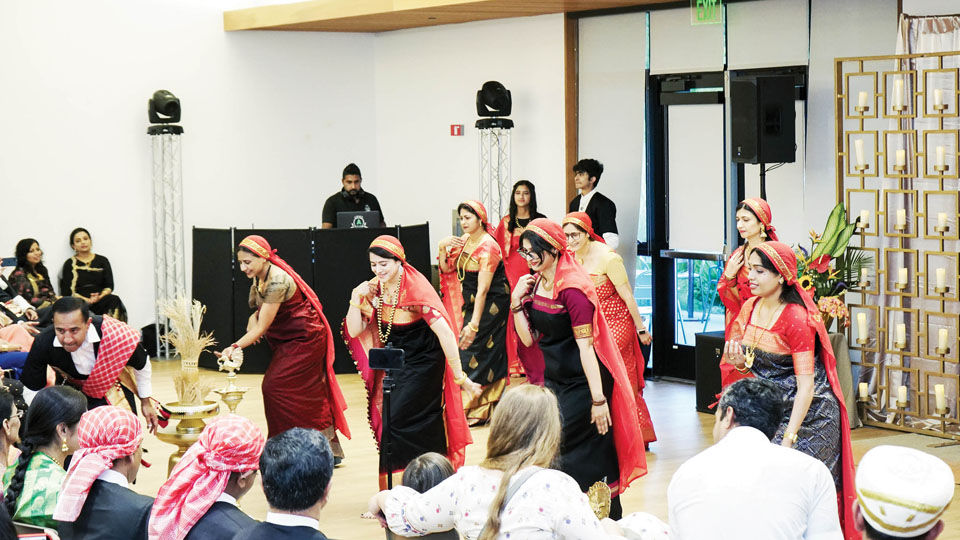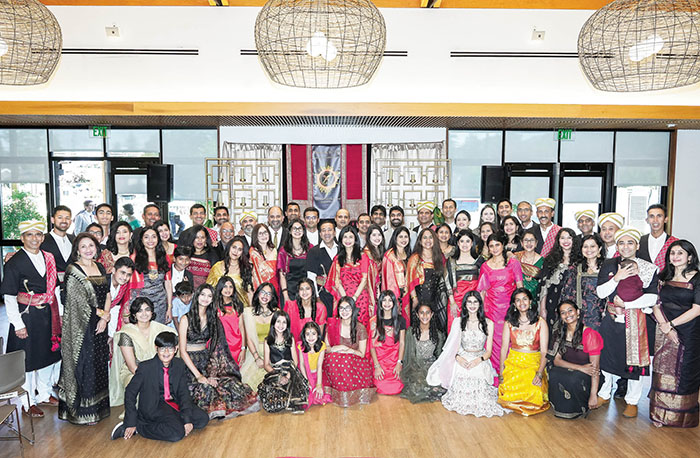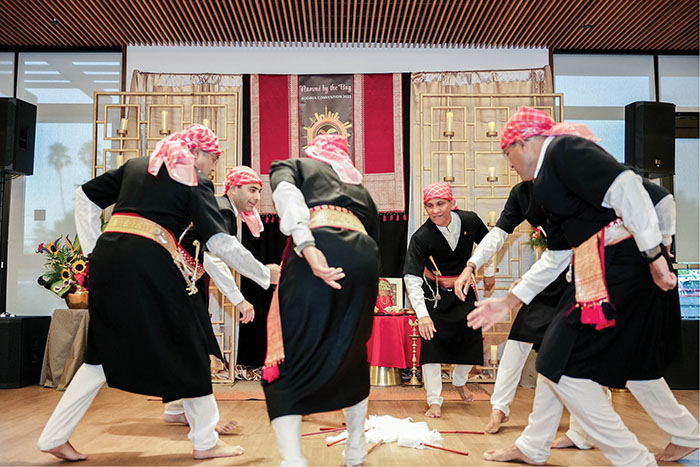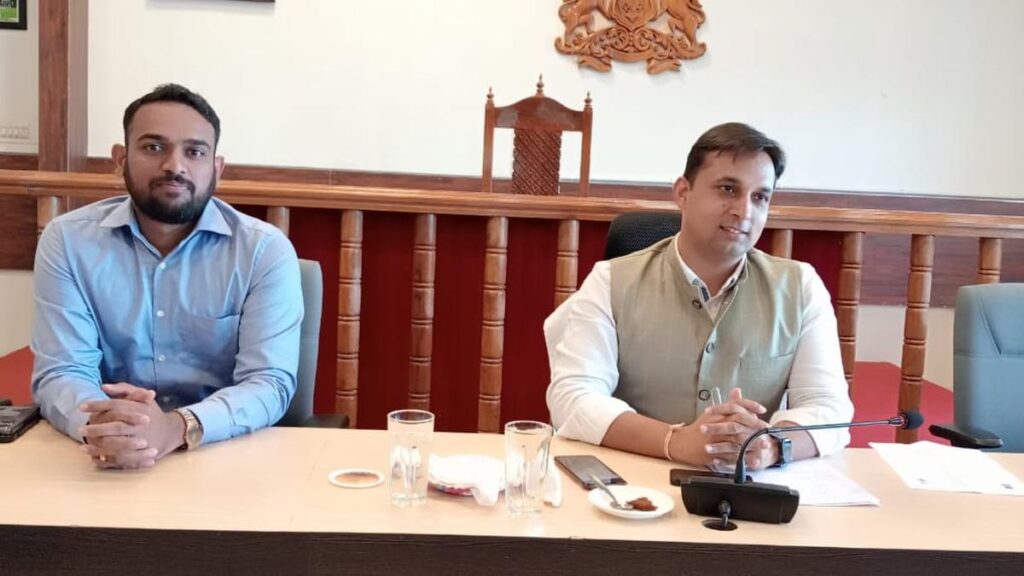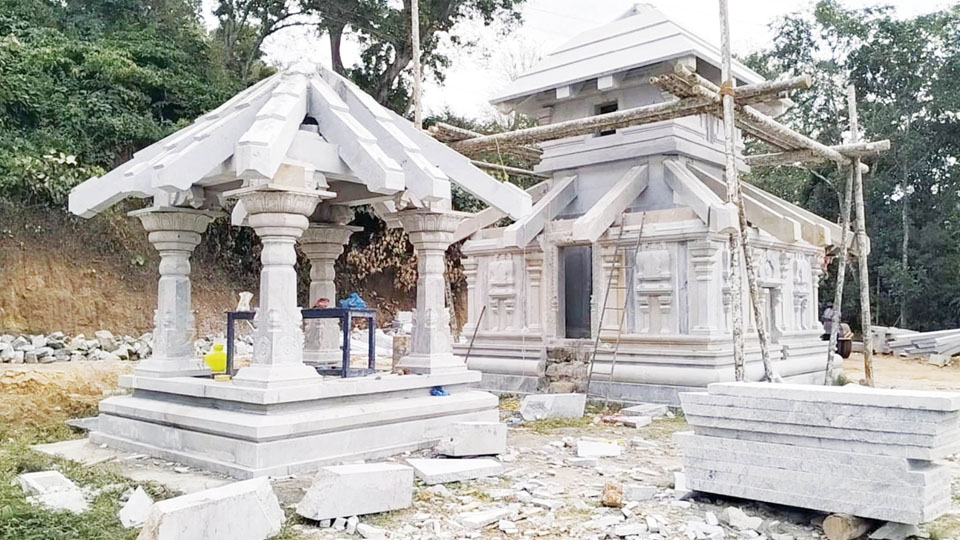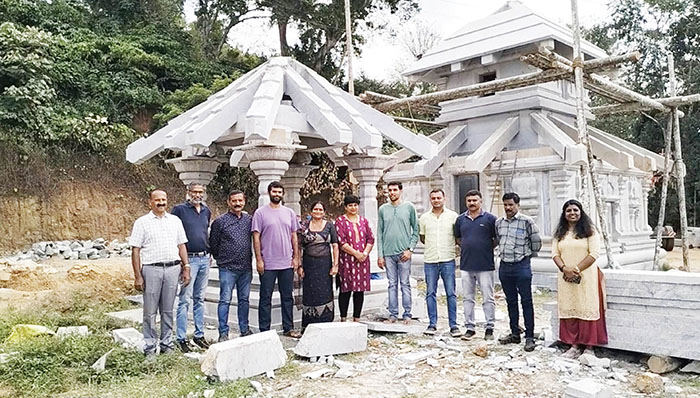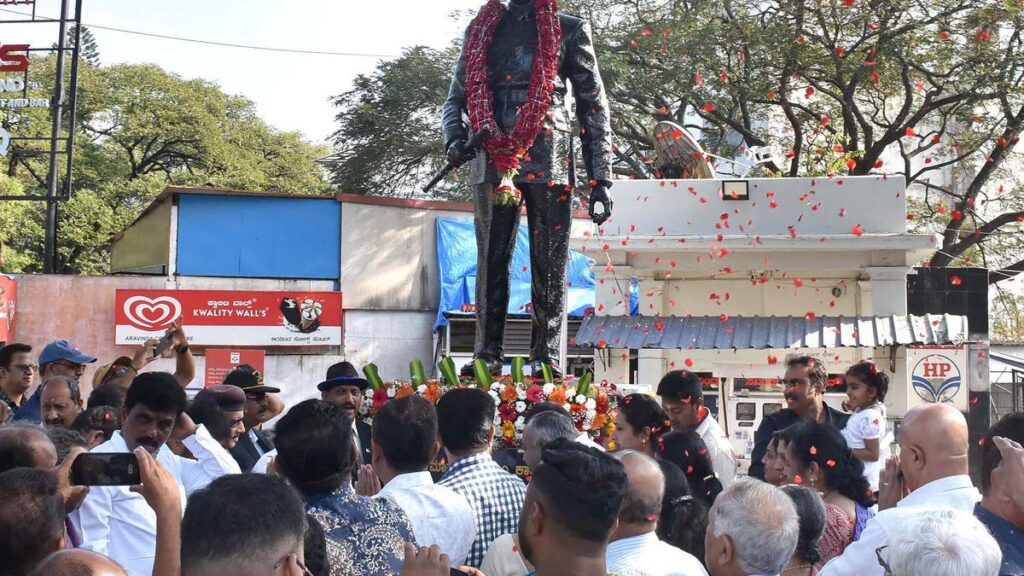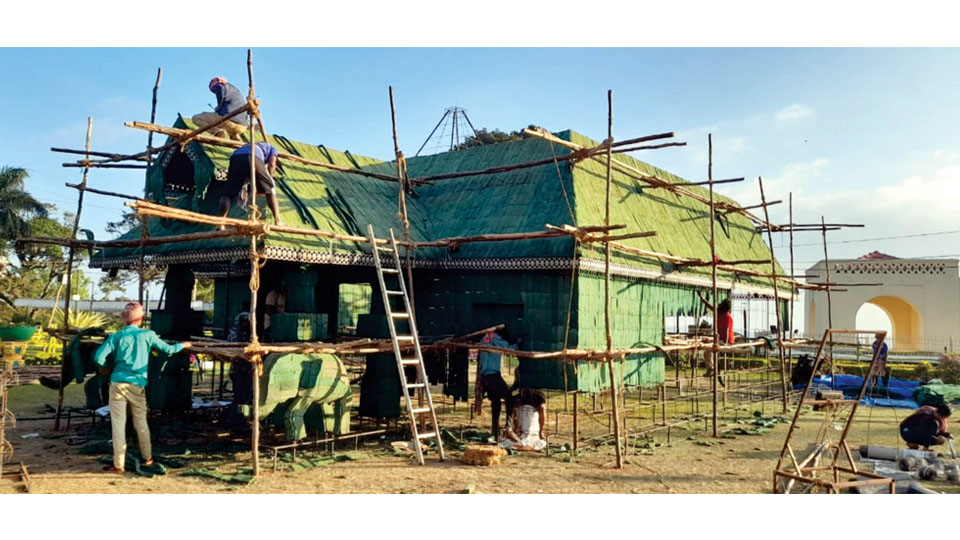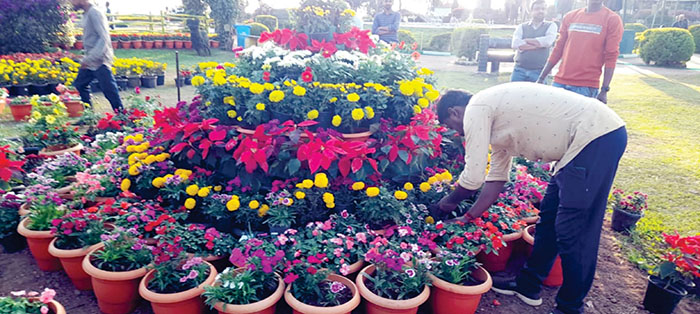Located in the UNESCO enlisted Western Ghats, Madikeri is home to several green gems and a densely rich biodiversity

Madikeri is a picturesque town situated at 3,840 feet in the Western Ghats of Karnataka. It is a well-known destination for wildlife enthusiasts who come to the area to witness its diverse biodiversity and stunning landscapes. The region is quite renowned for its dense forests, tranquil waterfalls, and wildlife sanctuaries. Besides natural beauty, Madikeri also boasts coffee and spice plantations and a rich diversity of Coorg wildlife. Visitors can explore the breathtaking scenery, observe the wildlife, visit national parks, and engage in various activities that make it an ideal destination for nature lovers. Find out all the things to do and places to visit when in Madikeri.

Madikeri is the capital of Kodagu district, and the mesmerising Western Ghats surround it. The Western Ghats add to its breathtaking landscapes and provide a home to diverse flora and fauna, including elephants, leopards, wild boars, and various types of deer in the lush forests. The rolling hills, coffee plantations, and misty valleys offer an enchanting view for visitors. The aroma of freshly brewed coffee fills the air, making it a paradise for coffee lovers. Madikeri is an ideal destination for nature enthusiasts who want to immerse themselves in the beauty of nature.
One of the major attractions of Madikeri is its extraordinary biodiversity. The Western Ghats, recognized as a UNESCO World Heritage Site, is a hub of biodiversity, and Madikeri acts as a gateway to this ecological treasure.
Places To Visit
Abbey Falls

Abbey Falls is a magnificent waterfall located a short drive away from Madikeri. Surrounded by lush coffee plantations, it is a popular destination among nature and photography enthusiasts. The waterfall is situated on the early reaches of the Kaveri River, between private plantations with dense coffee bushes and a spice estate. The area is also home to trees entwined with pepper vines. To get the best view of the falls, travellers cross a hanging bridge constructed in the opposite direction. Previously, the Abbey Falls were known as the Jessi Falls, named after a British officer’s wife.
Address: Abbey Falls Rd, Hebbettageri, Karnataka 571201
Nagarhole National Park

Nagarhole National Park, located approximately 90 kilometres from Madikeri, is a haven for wildlife enthusiasts. Established in 1988, this park is a part of the Nilgiri Biosphere Reserve and is famous for its rich biodiversity, picturesque landscapes, and unforgettable safari experiences. The park is home to Bengal tigers, leopards, and the world’s largest herd of Asian elephants. The Kabini River meanders through the park’s dense forests, providing a home for a wide range of birds and other wildlife. The park also features the beautiful Irupu Falls, which flow down tree-lined rocks.
Address: Nagarahole Tiger Reserve, Forest Campus, Old BM Road, Hunsur – 571105
Timings: 6:45 am to 8:45 am and 4 pm to 6 pm
Entry Fees: INR 150 per person
Brahmagiri Wildlife Sanctuary

The Brahmagiri Wildlife Sanctuary is a protected area in the Kodagu district of Karnataka, located just 85 km away from Madikeri. It covers an area of 181 square kilometres and is situated in the Western Ghats region, approximately 250 kilometres from Bangalore. The sanctuary is particularly renowned for its diverse bird species, attracting bird watchers from all over. It has been named after the Brahmagiri Peak, which is the highest point in the mountain range. The sanctuary is home to a variety of wildlife, including Tigers, Elephants, Gaur, Chital, Sambur, Dhole, Leopards, Common langurs, Nilgiri langurs, Lion-tailed macaques, and many bird species like Blue-winged parakeets, Small sunbirds, and White-bellied shortwings. Trekking trails through lush forests offer visitors a chance to witness the enchanting beauty of the Western Ghats up close.
Address: 5JFV+3J4, Kappimala – Paithalmala Rd, Vellad, Karnataka 670571
Timings: 6 am to 6 pm
Entry Fees: INR 25 per person
Tadiandamol Peak

Tadiandamol Peak is a sought-after destination for those chasing thrilling trekking adventures. Tadiandamol Peak is 1,748 metres high, making it the highest peak in Coorg, and offers stunning panoramic views of the hills and valleys around it. The trail takes you through dense forests, making it a must-visit destination for birdwatchers. Its name literally translates to “Large Mountain”. The trek to the top, with gentle slopes and grassy terrain, is popular among trekkers. The Padi Igguthappa Temple is a major attraction in the area. To get to the base camp, you can take an auto or hire a jeep from the bridge to Nalknad Palace. An auto ride would cost about INR 400, while a jeep would cost about INR 750 – 800.
Address: Tadiandamol, Yevakapadi, Karnataka, 571212, India
Timings: 6 am to 6 pm
Best Time to Visit: December to May; the trek to the top takes about 5-6 hours
Raja’s Seat

Raja’s Seat, located in Madikeri, is a stunning garden that offers breathtaking views of both the sunrise and sunset. It was a favoured recreational spot for the Kings and Queens of Kodagu, who ruled Karnataka from 1600 to 1834 CE. The garden is renowned for its picturesque scenery and is perfect for relaxation and introspection. Moreover, the historical significance of Raja’s Seat adds charm to the well-maintained gardens. The place also exhibits an evening musical fountain.
Address: Near Rajdarshan Hotel, Raja Seat Road, Stuart Hill, Madikeri, Karnataka, 571201
Timings: 5:30 am to 8 pm
Entry Fees: INR 5 per person for entry to the park; INR 20 per person for the toy train, and INR 40 for parking
source: http://www.outlooktraveller.com / Outlook Traveller / Home> India / by Waquar Habib / January 17th, 2024
